Patrick O. Cohrs0521853532, 9780521853538, 9780511221194
Table of contents :
Cover……Page 1
Half-title……Page 3
Title……Page 5
Copyright……Page 6
Dedication……Page 7
Contents……Page 9
Acknowledgements……Page 12
Abbreviations……Page 14
A note on the footnotes and bibliography……Page 16
Introduction……Page 17
The interpretative context: previous interpretations and the need for a new approach……Page 20
The main theme and theses of my study……Page 22
Methodological premises: reorientations and learning processes……Page 27
Analytical premises: Britain and America in the post-World War I international system……Page 31
First part……Page 33
Third part……Page 34
Epilogue……Page 35
Prologue: the truncated peace of Versailles and its consequences, 1919–1923……Page 36
1 The wider challenges The legacy of the Great War and the era of imperialism……Page 41
Towards a new world order? The aspirations and limits of Wilson’s Progressivism……Page 46
Towards a new directorate of powers – and a moderate peace? Lloyd George’s peace policy between domestic, imperial and international constraints……Page 53
3 The ill-founded peace of 1919……Page 62
Clemenceau and the French search for sécurité……Page 64
The German dilemma in 1919 – no prospects for a sustainable peace with or without Germany……Page 67
The tenuous compromises of the victors: the Rhineland
settlement and the short-lived security arrangements of 1919……Page 69
The reparations ‘shambles’……Page 74
The creation of a new European fault-line: the Polish–German
border settlement……Page 76
Versailles, the impossible peace……Page 78
The Versailles system undermined – the consequences of Wilson’s defeat……Page 80
4 The escalation of Europe’s post-Versailles crisis, 1920–1923……Page 84
Towards the pinnacle of the European crisis: the failure of Lloyd George’s Genoa policy and Poincaré’s bid for an artificial hegemony in Europe……Page 86
Part I The Anglo-American stabilisation of Europe, 1923–1924……Page 93
5 Towards a Progressive transformation of European politics……Page 95
Beyond Wilson’s legacy – the origins and economic orientation of Republican foreign policy after 1919……Page 97
The ‘Hughes Doctrine’ and the evolution of a US strategy for peaceful change in Europe……Page 100
‘Depoliticisation’ – the Progressive path to overcoming the Franco-German crisis……Page 103
6 Towards transatlantic co-operation and a new European order……Page 106
MacDonald’s evolutionary approach to Europe’s pacification……Page 108
The quest for integrative stabilisation – the departure of British foreign policy in 1924……Page 112
7 The turning-point……Page 116
Prompting peaceful change – the abandonment of British ‘neutrality’……Page 118
America’s return to Europe……Page 123
Beyond the limits of Versailles – towards the ‘depoliticisation’ of European power politics……Page 128
8 From antagonism to accommodation……Page 132
Postwar constraints and miscalculations – Poincaré’s bid to re-assert French predominance in the Versailles system……Page 134
Postwar constraints and the option for Westpolitik – Stresemann’s quest for peaceful change and a return to the international system……Page 137
9 The two paths to the London conference……Page 145
Integrative versus enforced stabilisation: MacDonald’s pursuit of a Franco-German accommodation……Page 147
From stagnation to compromise: what paved the way for the London settlement……Page 153
Transcending the politics of 1919 – the consequences and rescue of the Chequers summit……Page 158
Britain, the United States and Germany: systemic shifts, parallel interests – and their limits……Page 167
10 The first ‘real’ peace settlement after World War I……Page 170
The principal questions of London……Page 173
The British perspective……Page 174
Washington’s perspective……Page 176
The aims of the Anglo-American bankers……Page 178
The French position……Page 179
The German position……Page 180
The politics of the London Conference I – the sanctions question……Page 181
The politics of the London conference II – the German question……Page 185
The politics of the London Conference III – the Ruhr question: the first Franco-German compromise after 1918……Page 188
The consequences of the ‘economic peace’ of 1924 – a re-appraisal……Page 194
Part II Europe’s nascent Pax Anglo-Americana, 1924–1925……Page 201
11 The dawning of a Progressive Pax Americana in Europe?……Page 203
British constraints……Page 204
US policy and the paradigm of the Dawes settlement……Page 206
The limits of the Geneva Protocol and the pre-Locarno constellation……Page 217
The reorientation of British stabilisation policy in 1925……Page 222
Chamberlain’s learning process……Page 223
The need for a new European concert and the legacy of Castlereagh……Page 228
Towards a European equilibrium, the British way – Chamberlain’s Eurocentric vision of Locarno……Page 234
13 Regression?……Page 236
Accommodation with the west and peaceful revision – Stresemann’s Locarno policy……Page 243
Briand’s Locarno policy: The search for new foundations of French security and the European status quo……Page 247
15 The path to Locarno – and its transatlantic dimension……Page 253
The nature and dynamics of the Locarno process……Page 255
The crisis of 1925 – and its resolution……Page 260
Franco-German controversies and the impact of American influence……Page 263
Crisis management and the net-effect of British brokerage……Page 268
16 The second ‘real’ peace settlement after World War I……Page 275
The settled and the unsettled questions of Locarno……Page 277
The Locarno system, the European pillar of the unfinished
transatlantic peace order – a re-appraisal……Page 283
The British appraisal of Locarno……Page 286
The American appraisal of Locarno……Page 288
The Locarno part – a starting-point for further Franco-German rapprochement……Page 290
Part III The unfinished transatlantic peace order: the system of London and Locarno, 1926–1929……Page 297
17 Sustaining stability, legitimating peaceful change The challenges of the latter 1920s……Page 303
London and Locarno – the greatest extent of Anglo-American engagement in the 1920s?……Page 309
18 Progressive visions and limited commitments American stabilisation efforts in the era of London and Locarno……Page 312
The final ascendancy of Hooverian Progressivism……Page 316
Abdication of responsibility? The ‘uncontrolled revitalisation’ of Germany……Page 320
Limited prospects – US debt policy and the Mellon–Bérenger agreement……Page 326
The encouragement of further peaceful change – but not its political pursuit……Page 329
Ever tighter reins – the Congressional constraints on US policymaking in the latter 1920s……Page 336
The Republican case for disarmament – and its limits……Page 338
19 ‘Reciprocity’?……Page 341
‘Guiding’ the Franco-German peace process – the mission and limits of British Locarno policy……Page 346
European engagement versus financial, domestic and imperial constraints……Page 352
Britain’s limited case for disarmament – and Anglo-American co-operation……Page 357
20 The new European concert – and its limits……Page 361
Germany’s return to the ‘comity of nations’ – a stony path……Page 363
The crux of Locarno politics – the Rhineland question and the meaning of ‘reciprocity’……Page 370
The Treaty of Berlin and the challenge of fostering Germany’s western orientation……Page 378
Foreseeable failure? The quest for disarmament after Locarno……Page 386
21 Thoiry – the failed quest for a ‘final postwar agreement’……Page 394
Economic policies of peaceful change after 1925: necessity andlimits……Page 399
The Thoiry initiative……Page 401
The Anglo-American veto against Thoiry……Page 409
Britain’s eventual opposition to a ‘cut + dried scheme’……Page 414
The lessons of Thoiry’s failure……Page 417
The return to the European concert – a ‘rougher road’ to travel, 1926–7……Page 423
22 Towards peaceful change in eastern Europe?……Page 425
23 Achievements and constraints……Page 433
Closing ranks with France – Britain’s defensive approach to peaceful change in the latter 1920s……Page 438
‘The only practical approach’ – the American ‘school’ of security policy in the latter 1920s……Page 443
The fiasco of the Geneva naval conference and the limits of Anglo-American security co-operation……Page 447
Between piecemeal progress and stagnation – Locarno politics in 1927……Page 451
From the peripheral to the core? The concert politics of small steps……Page 458
24 No ‘new world order’……Page 464
Kellogg and the ‘outlawry of war’ – from status quo preservation to peaceful change……Page 466
Locarno and the emergence of a British ‘Monroe Doctrine’ –
Britain and the war-renunciation pact……Page 472
Two Monroe Doctrines – towards a strategic accommodation between London and Washington……Page 474
Towards a transatlantic system of peaceful change? The Kellogg–Briand pact and the Locarno system……Page 476
Profound parallel interests? Kellogg’s pact proposal and Germany’s policy of peaceful change……Page 479
The final road to the pact to renounce war……Page 482
The Kellogg–Briand pact and the limits of transatlantic security politics – an appraisal……Page 486
The unresolved disarmament problem and the abiding challenge of European insecurity……Page 488
25 The initiation of the Young process……Page 493
Towards the ‘final liquidation’ of the war’s consequences?……Page 497
The deadlock of Locarno politics……Page 501
Systemic continuities and changes – the recast constellation of the latter 1920s……Page 504
Accentuated aloofness – Hoover’s case for non-engagement in the Young process……Page 508
The underlying premises of US non-engagement……Page 512
US foreign commercial policy – one set of rules for America, another for the world……Page 516
The search for a comprehensive strategy – Britain and the quest for final postwar settlement……Page 518
Beyond Locarno politics – Chamberlain and the need for a Franco-German quid pro quo agreement……Page 519
Against the transatlantic tide – the British Treasury and the ‘final’ reparations settlement……Page 522
Chamberlain’s policy under strain – frustrations and domestic pressures……Page 526
Paving the way for the Young plan – the new transatlantic ‘terms of reference’……Page 527
The priority of ‘liberating’ the Rhineland – the German quest for a ‘final’ postwar settlement……Page 529
Financial certainty over security concerns – France’s approach to the ‘final’ postwar settlement……Page 534
Setting the new ‘terms of reference’ – the Geneva compromise and its consequences……Page 537
26 The last ‘grand bargain’ after World War I……Page 547
The path to the first Hague conference……Page 552
The Hoover administration and the Young plan – the refusal to jump on the European train……Page 553
The second Labour government and the bid for a second London settlement……Page 557
The making of the first Hague settlement……Page 562
Snowden’s nationalism and the necessary evil of the ‘distribution question’……Page 568
The ‘resolution’ of the Rhineland question? The final evacuation agreement of 1929……Page 571
The outcome of The Hague conference – a balance-sheet……Page 574
Towards the limits of Europe’s stabilisation – the ratification of the Young settlement, 1929–30……Page 583
Epilogue:……Page 588
A vicious spiral of crises and insufficient responses……Page 592
Too little, too late – changes and continuities in Hoover’s policy in the face of the crisis……Page 597
The unbridgeable gap between aims and means: British policy in the face of the crisis……Page 603
The Hoover moratorium and the end of the Young regime……Page 607
The demise of the European security order – the limits of Anglo-American crisis management……Page 612
The system of London and Locarno……Page 619
The nature of the post-World War I international system……Page 623
Learning processes – parallels and distinctions……Page 624
The ‘paradox’ of the unfinished peace after World War I – too little or too much progress?……Page 628
Map……Page 637
Published sources……Page 639
Private Papers……Page 640
Published sources……Page 641
Archives of the Assemblée Nationale, Paris……Page 642
Contemporary publications, diaries, letters, speeches and memoirs……Page 643
Secondary Sources……Page 647
Index……Page 667
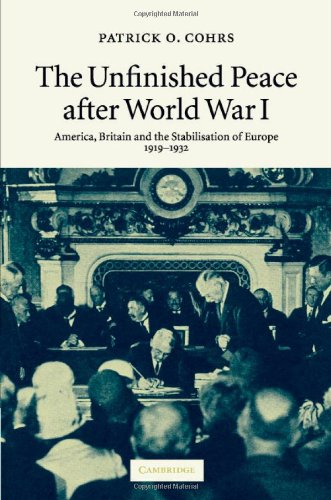

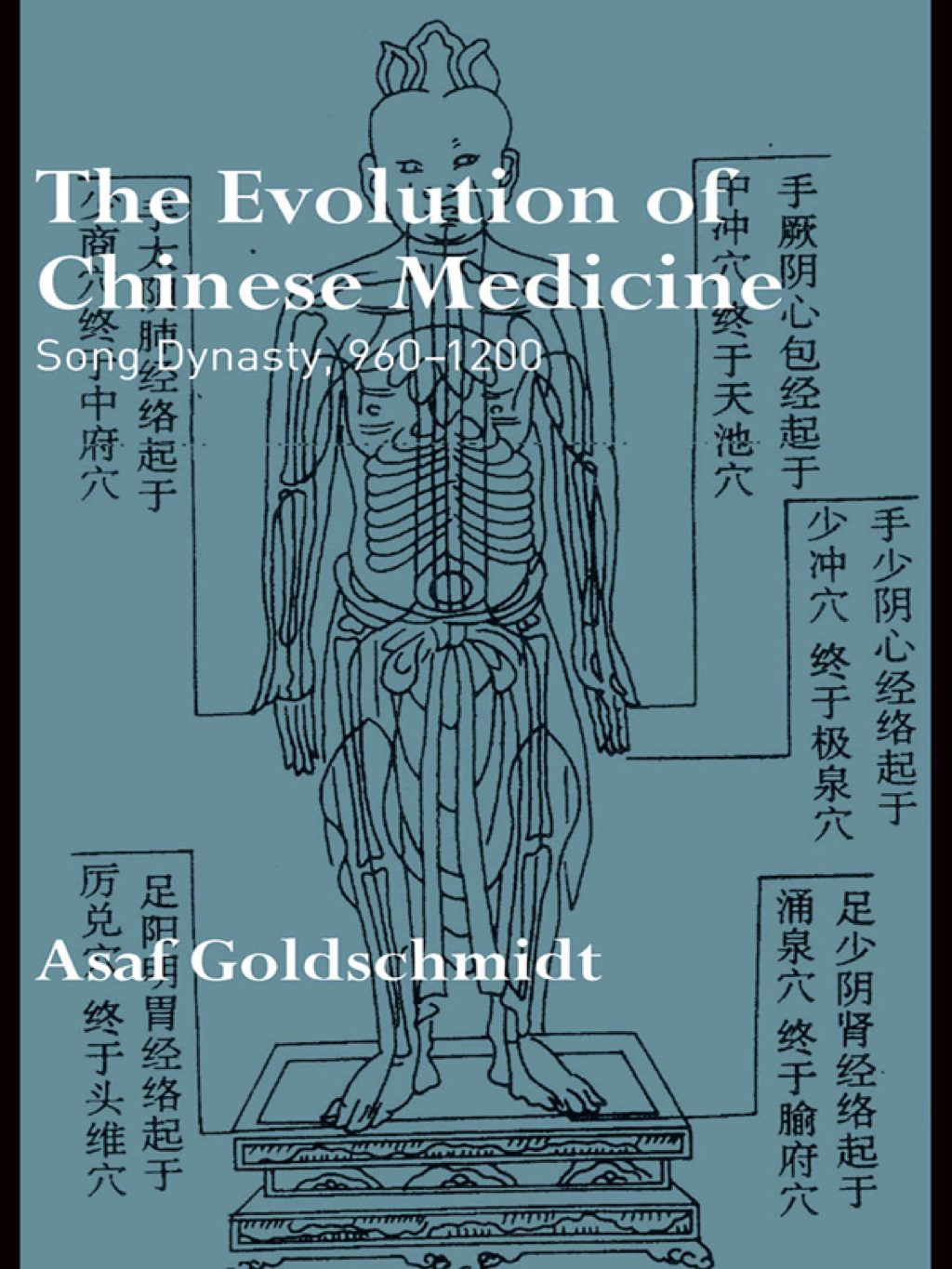
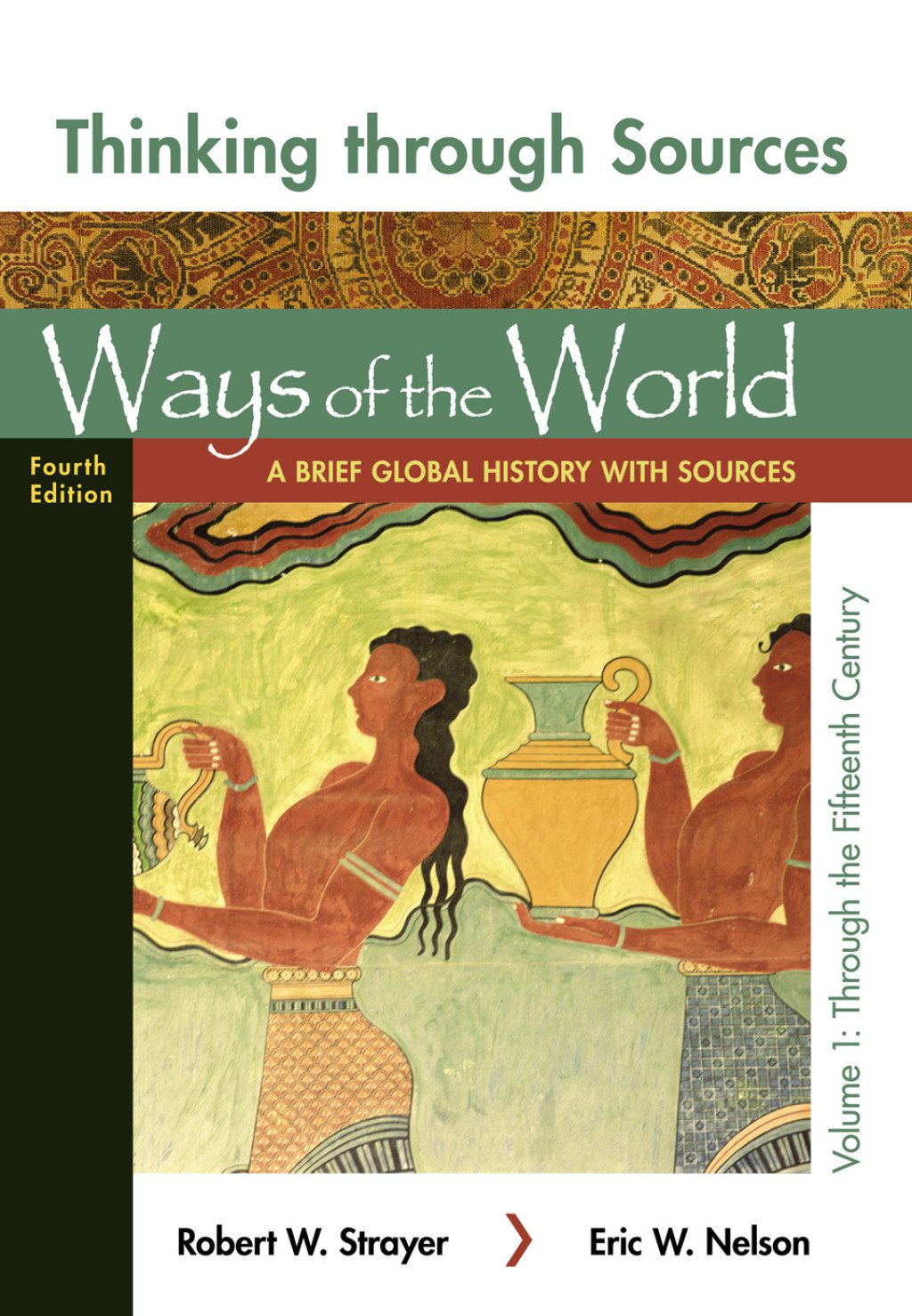
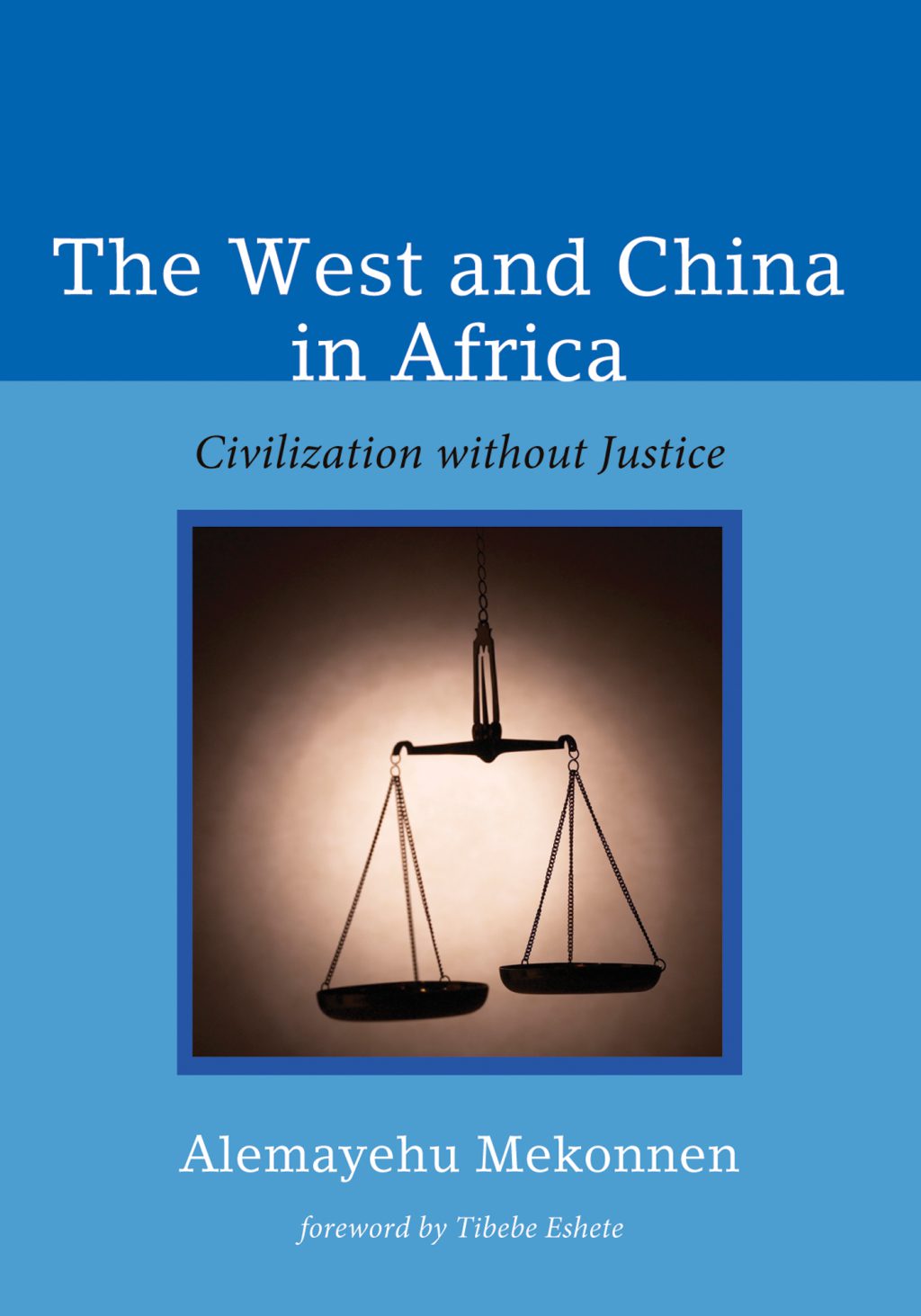
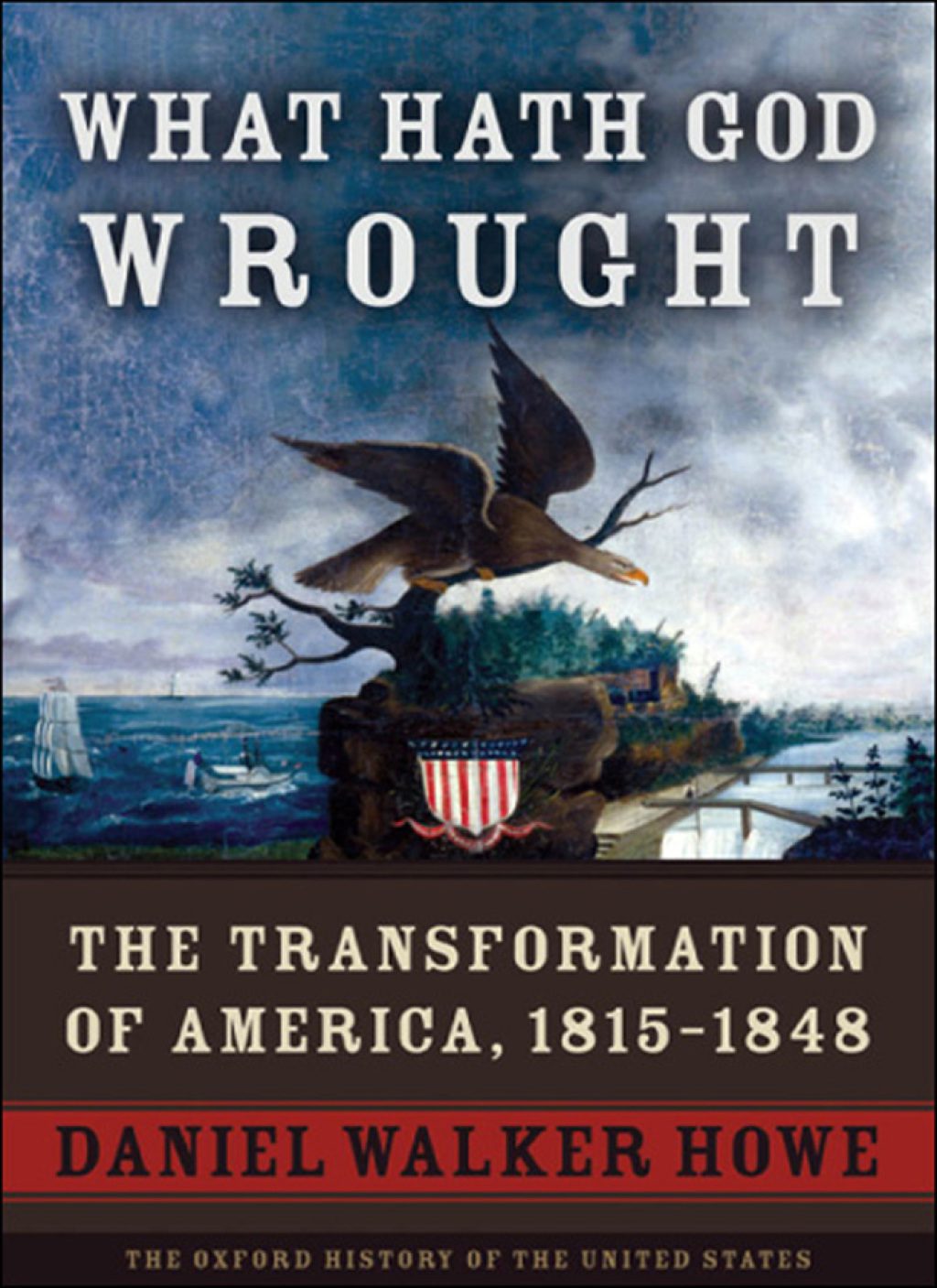

Reviews
There are no reviews yet.